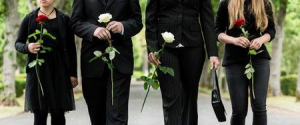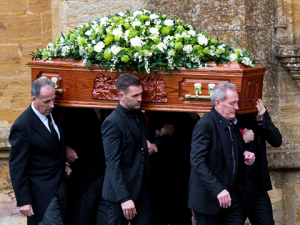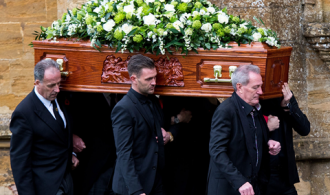Visual clues from bygone funerals come mainly from black and white images of the 1900s. Before the invention of the camera, we only have written testimony to rely on. While some funeral traditions have remained unchanged, others have become unrecognisably different.
Dress codes
Wearing plain black still occurs with most British funerals today, despite more stringent habits being observed in times gone by. Instead of just wearing a dark colour to the funeral, mourners and in particular, widows, were required to wear black for at least a year in the Victorian period. For a Funeral Directors Essex, visit a site like T Cribb, a leading Funeral Directors Essex.

Sitting up with the body
Fortunately, medical science has made huge advances over the last 100 years or more – but things are not always so good. Indeed, as recently as the early 1900s, people were buried alive in error with terrifying frequency, which led to people “sitting” with a loved one who had just passed. It involved simply sitting by the body for a few nights (or weeks, in some cases) after the person was declared dead to be sure they had in fact passed!

Embalming
The process of preserving a body after death has a long and varied history throughout the world. While the Egyptians may be the most famous proponent of the process, the initial process is believed to have been practiced as far back as 6000 BC in South America. Today, organ removal and the use of preserving solutions is still an intrinsic part of the preparation of the body for burial, so this is one of the traditions that may have evolved, but not varied all that much.

